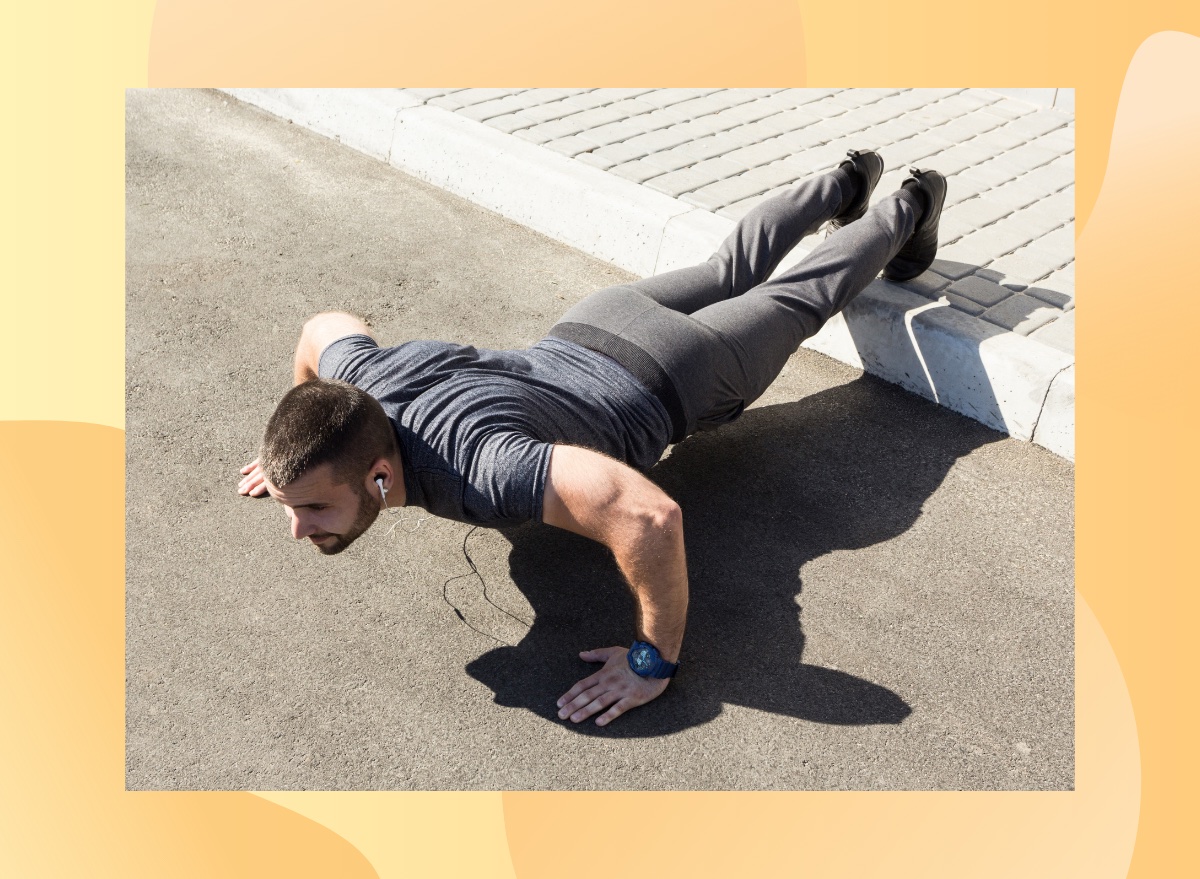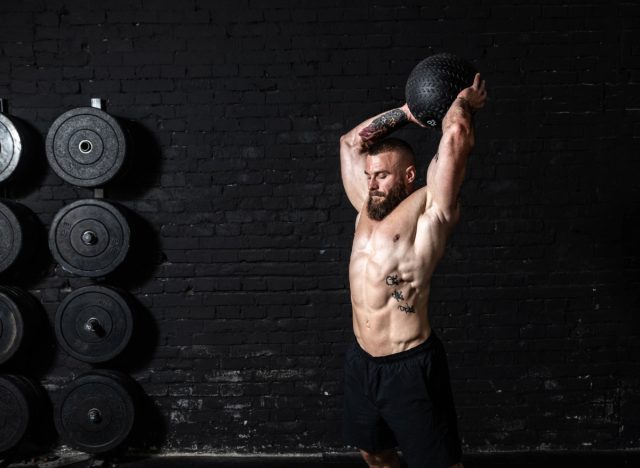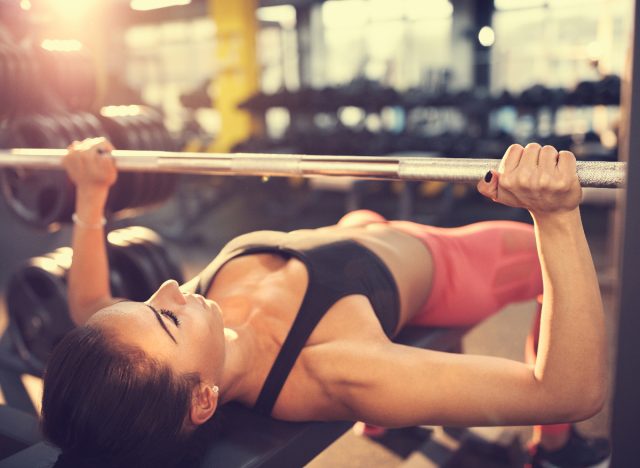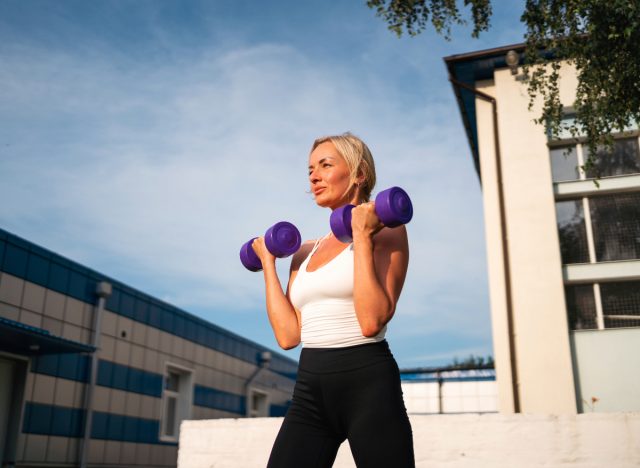How Many Exercise Sets & Reps You Should Do to Reach Your Fitness Goals

Understanding how many sets and reps to do to match your fitness goals is essential when structuring your workout routine. In my years as a coach, I’ve worked with athletes and clients from all walks of life, each with their specific objectives—whether they’re looking to boost power, improve strength, build muscle, or increase endurance. Developing a program that fits those unique needs requires a deep understanding of how different rep and set schemes can target various physiological adaptations.
As an athlete myself, coming from the world of Olympic weightlifting and transitioning into the world of mountain bike racing, I’ve had to shift my training objectives. I’ve fine-tuned my own training to focus on improving power, strength, hypertrophy, and muscular endurance. Balancing all these components has been vital to staying competitive in my sport. Over time, I’ve learned how the correct approach to sets and reps can make a significant difference in performance, from generating explosive power on steep climbs to sustaining endurance during long-distance races.
In this article, I’ll explain how different sets and rep schemes can help you achieve your fitness goals, whether you’re aiming for power, strength, hypertrophy, or muscular endurance. Backed by research and experience, I’ll explain how to tailor your workout to get the desired results, no matter your starting point.
Power: Sets & Reps for Explosive Performance

If your goal is to improve power—your ability to generate force quickly—you’ll need a different approach than simply lifting heavy or aiming for high volume. Power is essential for athletes who need explosive strength in short bursts, such as sprinters, Olympic lifters, or anyone involved in high-intensity sports. When training for power, the goal is to lift a moderate to heavy weight with maximum speed and precision.
Recommended Sets & Reps for Power:
- Sets: 3-6 sets
- Reps: 1-5 reps
- Rest: 3-5 minutes between sets to allow for full recovery
Exercises like power cleans, snatches, med ball throws and slams, and plyometrics are great choices for power-focused training. You’ll want to lift heavy enough to engage your muscles fully but light enough to move the weight quickly. According to research, training in low-rep, high-velocity environments maximizes neuromuscular adaptations, improving explosive power.
Strength: Sets & Reps for Maximal Force Output

If your primary goal is to build strength, your focus should be on moving heavy weights with lower reps. Strength training involves lifting near-maximal loads to increase your body’s ability to exert force. This type of training is essential for athletes such as powerlifters or anyone looking to build foundational strength.
Recommended Sets & Reps for Strength:
- Sets: 3-5 sets
- Reps: 3-6 reps
- Rest: 2-5 minutes between sets for recovery
Strength training typically incorporates compound lifts like the squat, deadlift, and bench press. The key here is heavy resistance and fewer repetitions, which help develop the muscle fibers responsible for maximal force. Over time, this type of training leads to more significant strength gains, especially when combined with progressive overload.
Hypertrophy: Sets & Reps for Muscle Growth

If your goal is to build muscle size (hypertrophy), you’ll want to focus on a higher volume of sets and reps. Hypertrophy training emphasizes working muscles to near failure to create the conditions necessary for muscle growth. This type of training is ideal for bodybuilders or those simply looking to increase their muscle mass for aesthetics or functional strength.
Recommended Sets & Reps for Hypertrophy:
- Sets: 3-6 sets
- Reps: 6-12 reps
- Rest: 60-90 seconds between sets
The sweet spot for hypertrophy is moderate reps with shorter rest periods. Exercises should focus on compound movements like squats and bench presses and isolation exercises like bicep curls and tricep extensions. According to research, training in this rep range recruits a mix of muscle fibers and maximizes the time under tension, which is key for hypertrophy.
Muscular Endurance: Sets & Reps for Stamina and Longevity

For those aiming to build muscular endurance—such as marathon runners, cyclists, or anyone engaged in endurance sports—the goal is to maintain performance over extended periods. Muscular endurance training requires higher repetitions with lighter weights to condition muscles to sustain activity for longer durations.
Recommended Sets & Reps for Muscular Endurance:
- Sets: 2-4 sets
- Reps: 12-20+ reps
- Rest: 30-60 seconds between sets
When training for endurance, exercises like bodyweight movements (pushups, lunges) or light resistance exercises work best. Endurance athletes should aim for longer sets with lighter loads to improve the muscles’ ability to perform sustained, repeated contractions without fatigue.
Final Thoughts: Tailor Your Sets & Reps to Your Goals

When structuring a workout program, it’s crucial to align your sets and reps with your specific fitness goals. Whether you’re training for explosive power, raw strength, muscle growth, or endurance, choosing the right volume and intensity will make all the difference.
Based on my experience as a coach and athlete, as well as the research behind effective training methods, the key to success is in the details. Don’t just go through the motions—understand why you’re training a certain way and how it will get you closer to your goal.